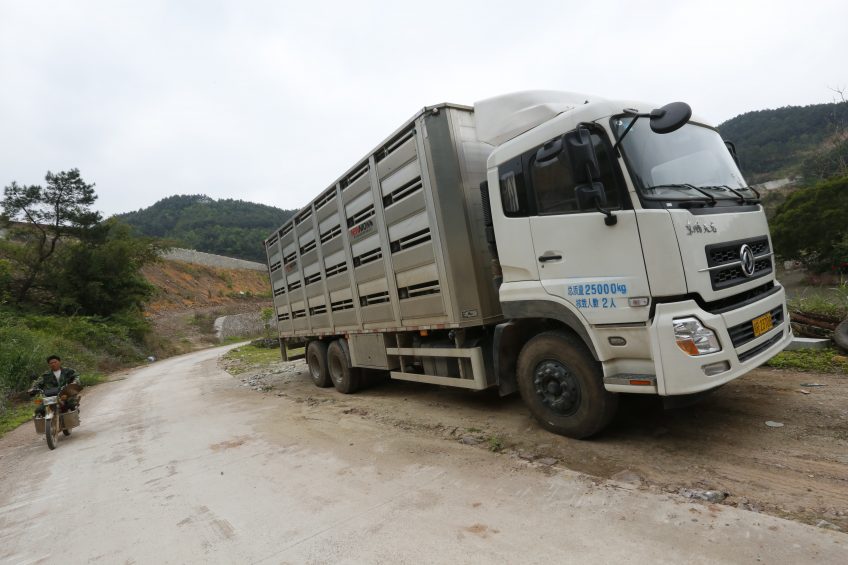ASF update: 4th Chinese outbreak and growing worries

African Swine Fever (ASF) has struck again in China – once more in a different province. This time, an outbreak was reported on 3 farms near Wenzhou in Zhejiang province.
The new outbreak is located in a town called Yueqing, at about 500 km south of Shanghai at the coast, and more than 900 km south of where the 3rd case of ASF was detected.
About 340 pigs have died due to ASF
The World Organization for Animal Health (OIE) reported that in total 430 pigs had been exposed to the virus, of which 340 had died. The other 90 animals were culled, according to the report. Wenzhou local authorities have already announced a ban on transport of pigs and pork.
Press agency Reuters reported that, according to the Chinese ministry of agriculture, the pigs were found on 3 farms. In order to fight the outbreak, the authorities ordered the culling of 1,332 pigs. The news release also stated that in total, already 25,000 pigs have been culled in China in an attempt to stop the virus from spreading.
ASF outbreaks in Liaoning, Jiangsu and Henan
Prior to the current discovery, outbreaks have been detected on farms in Liaoning and Jiangsu provinces as well as in a slaughterhouse in Henan province.

Read more on pig health in the Pig Progress Health Tool
Chinese authorities are increasingly worried that the viral disease can be transported through busy trade routes from farms and markets in the north east to slaughterhouses further south. Some farmers have even called for a nationwide ban on transporting pigs.
Different regions in China
Worryingly , so far, ASF has broken out in 4 completely different regions in China in a time-frame of barely 3 weeks. In behaving that way, the virus has been following a different pattern than in Eastern and Middle Europe, where it only occasionally is observed to ‘jump’ to a different region. Most of the reports in Europe usually are about new detections in wild boar populations in nearby fields and forests.
In China, however, the virus appears to have travelled over 2,000 km in just 3 weeks. That fuels the thought that the virus might have been circulating in China as of spring already – an idea that is supported in a publication in the peer-reviewed journal Transboundary and Emerging Diseases, and quoted by the global disease reporting website Pro-Med Mail.
That paper shared an insight about the 1st outbreak of the disease near Shenyang. Apparently pigs had started dying there as of early June 2018, until all pigs had died about 1 month later and the farm was abandoned. The 1st notification of the disease at the World Organization for Animal Health (OIE) then followed early August 2018.

Outbreak in Henan province
Also the outbreak at the slaughterhouse in Henan province (the 2nd outbreak) is likely to have further consequences. Owner WH Group already ordered a temporary 6 week closure of the plant.
In addition, Reuters stated that an investigation has started into the origin of the pigs in Heilongjiang province, close to the border of Russia, where the pigs originated.
ASF impact could be devastating
Science Magazine also reported about the ongoing outbreaks of the virus in China. The magazine quotes Prof Yang Hanchun, former IPVS president, who called the entry of ASF into China ‘really a very serious issue’. He added that, given the scale of China’s pork sector, the economic impact could be devastating.
Prof Yang also pointed to the fact that there is a huge diversity in farm types in China, from smallholders to large professional operations. Trying to find a tailored solution that suits them all would be the biggest challenge for China.











